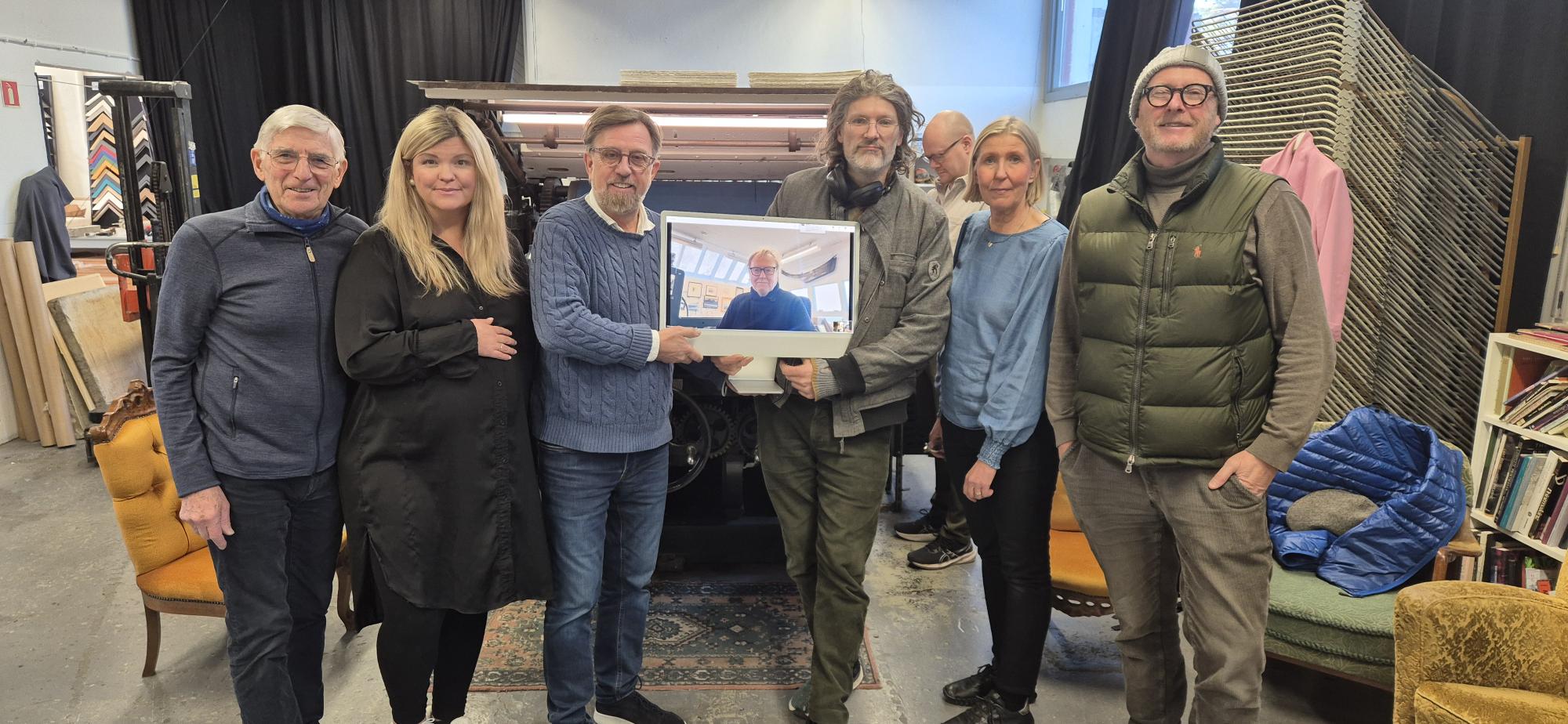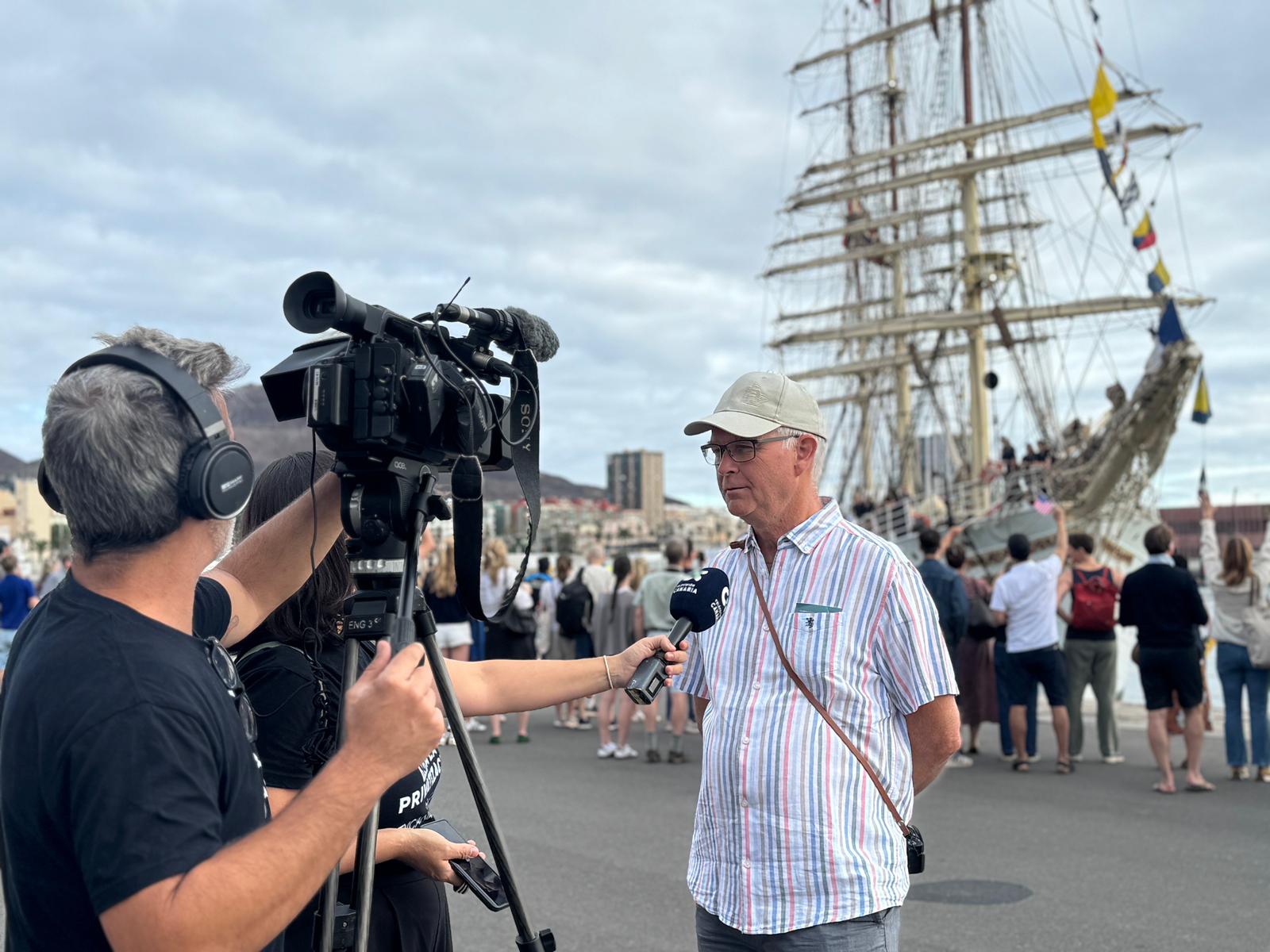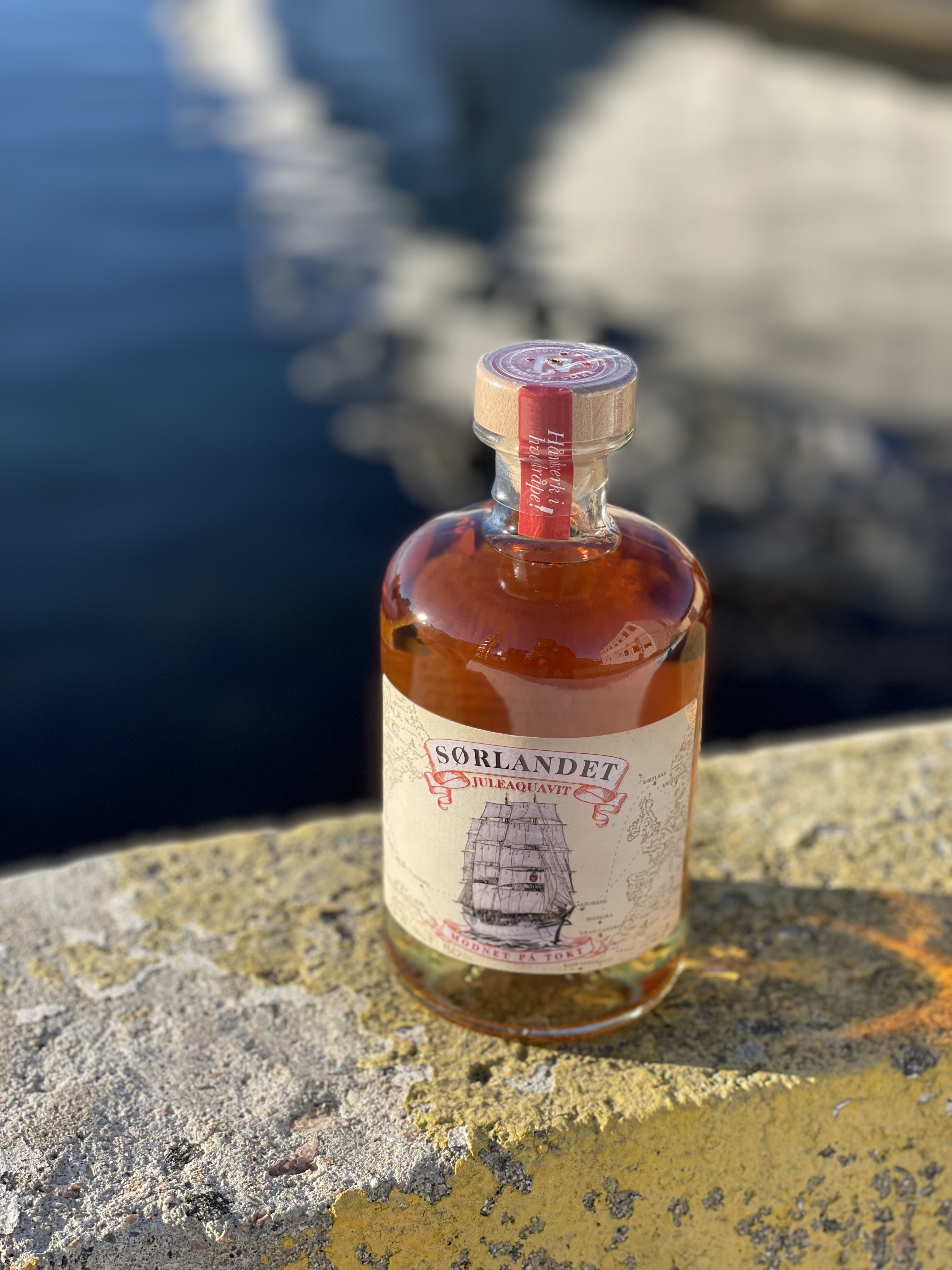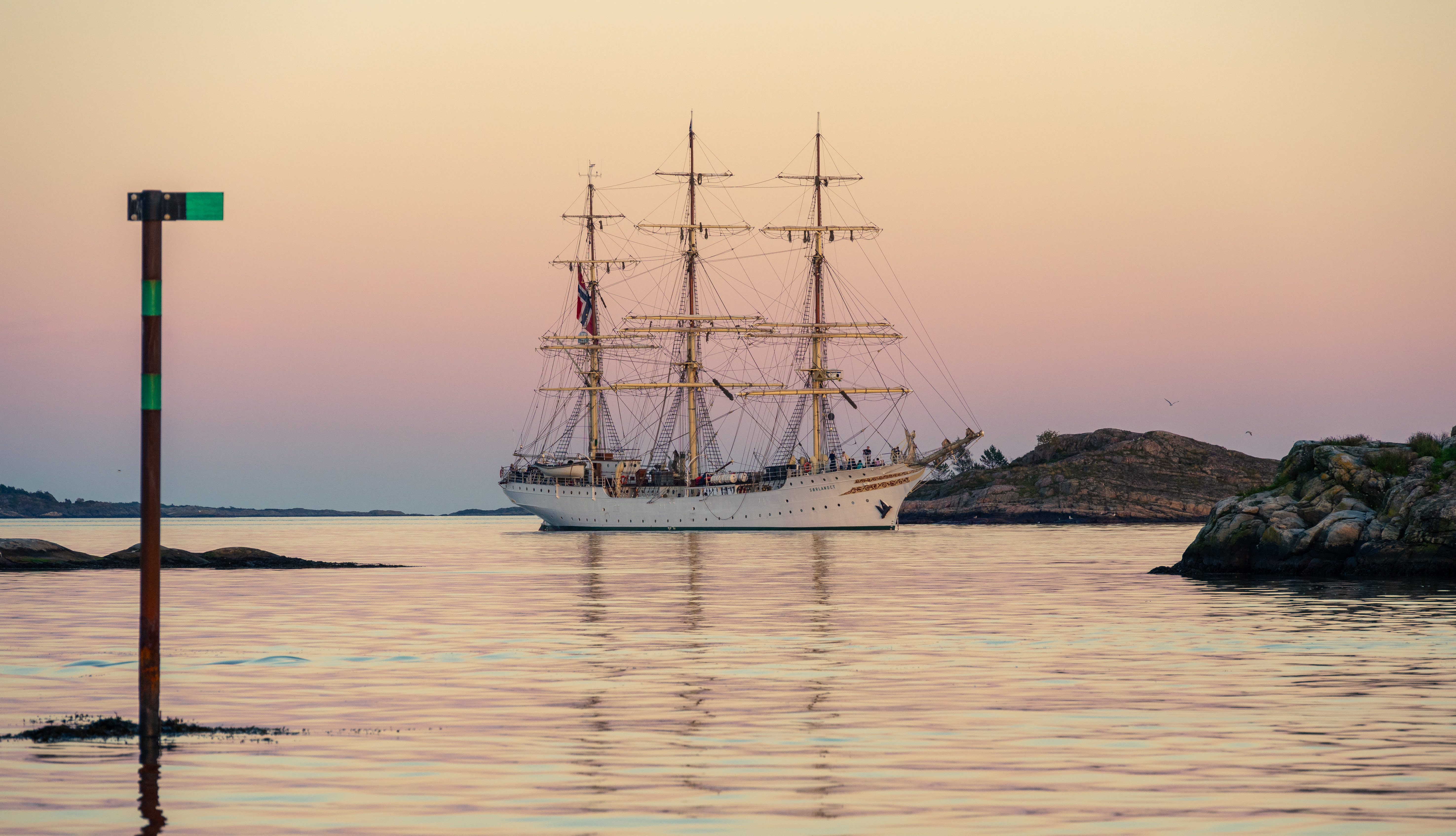Over and out as a training ship
Sørlandet was until the replacement of the ship in 1973 identical to Sørlandets Seilende Skoleskips Institution, which gave about 6400 boys a basic education at sea. In 1974 the teaching was transferred to "Sjøkurs". "Sørlandet" thus became "retired" against his wishes.

After the war, there was a serious shortage of qualified seamen for the merchant fleet. In 1949, the authorities called for two months of crash courses in the spring and fall in addition to five months of regular cruises in the summer. Compensation from the state for the damage caused to the ship during the war was rather poor. At the same time, the training ship courses from 1948 to 1953 ran at a loss. The situation eventually became so difficult that in the fall of 1953 the school ship board had to inform the Norwegian Shipowners' Employers' Association that the operation of the school ship Sørlandet was in danger of being discontinued unless increased appropriations were granted for the operation or the income increased. The original school ship endowment was then reduced to less than NOK 300,000 and was eventually eaten up completely. There was little money for repairs and maintenance, and nothing for renewals. The ship therefore became more and more dilapidated.
The crash courses continued throughout the 1950s, and agreement was eventually reached with the government on higher remuneration, which at least meant that the economy did not deteriorate. The 2-month courses were eventually extended to 3-month courses, later 5-month courses.
In 1964, the school ship institution took the initiative for a new form of activity. For several years, the school authorities in both Agder counties had a very successful collaboration on the placement and teaching of young people in the 9th grade, which was highly praised by the school, parents and pupils. In this way, the young people received an interesting and exciting introduction to a maritime environment, and many were certainly motivated to choose the sea as a profession.
Here was Sørlandet again helped to make school history. The 9-year school had not only solved problems for young people, it had also created some. When the boys reached the age of 15-16, many were school-ready, their abilities being primarily practical. For such pupils, the 11-week sea-boy course on board the Sørlandet was quite a sesame. They went through the usual basic seamanship disciplines and they got to sail. For many, it became a motivation to go to sea for the rest of their lives.
After the war Sørlandet the only training ship that still had only sails for propulsion. The other training ships had engines installed for propulsion. This meant that Sørlandet often had difficulties in participating in events that required calls at certain times. It was not until 1959 that the board had on its agenda the purchase and installation of the main engine, which was a Petter Mc Laren diesel marine engine 240 BHK. With the small auxiliary engine could Sørlandet make voyage that had previously been too cumbersome, e.g. the ship made the long trip into the Hardangerfjord to Odda where the sailing ship visit naturally attracted a lot of attention.
Gradually, signals came from the state authorities that the sailing training ships were no longer so interesting for training a new generation of seafarers. The new technical advances in the merchant fleet meant that new seafarers had to be trained with a very good and broad theoretical education combined with modern practical training on board. Clear signals were given by the authorities that they preferred that Sørlandet to be phased out as training ships.
However, the school ship board did not want to get rid of Sørlandet. It was decided to find possibilities for a combination ship and land school that could meet the new signals of a more modern education. This led to the school going ashore. It happened in 1964 and it proved to be a wise and far-sighted move in the effort to maintain the business which was clearly at risk. The land-based operation had a very beneficial effect on the further development of the school.
At the same time as the institution "went ashore", another fundamental question arose. Had the time come to acquire a more modern ship as a boarding and teaching vessel than a sailing ship, a vessel that was more up to date with modern shipping?
In 1971, the opportunity came to take a final stand: the Directorate of Labor's adult education vessel, M/S "Sjøkurs", was for sale. The Ministry of Church and Education indicated that it was appropriate to replace "Sørlandet" with "Sjøkurs". M/S "Sjøkurs" was built in 1953, 677 GRT, with 870 BHK Polar Diesel. It was not until 1974 that the teaching was transferred to "Sjøkurs". "Sørlandet" thus became "retired" against his wishes.
- Source: " The Ship Sørlandet - a school under sail",
published by the Foundation The Ship Sørlandet in April 1987.
Editor: Helge Svein Halvorsen
OTHER ARTICLES IN THIS SERIES:
- The gift letter that became a national cultural treasure
- A school of a lifetime
- Discipline - order - seamanship
- They came down from the rig and manned our fleet
- School under sail
- "We became men"
- Our youngest Vikings
- "Continuation School" for future sailors
- War, occupation, reconstruction
- Inspiration in art
- Over and out as a training ship
- In 1956, at the age of 14, he took part in the Tall Ships Races
- In triumph - and hurricane
- Famous names behind the ship

.jpg)




